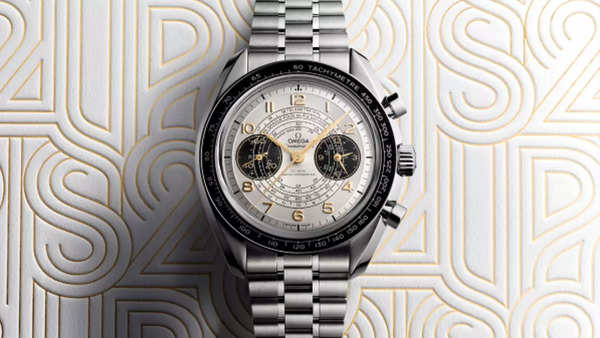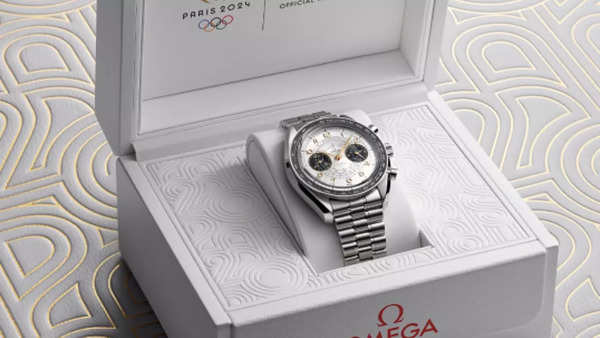Meet India’s Shooting Prodigy; Esha Singh Guns For Gold At Paris Games | Eyes On Olympics
Swiss luxury watchmaker Omega has been the official timekeeper of the Olympic Games since 1932. Founded by Louis Brandt in La Chaux-de-Fonds in 1848, the company originally operated under the name La Generale Watch Co.
Also Read: Why are the Olympics held every four years?
The 33rd Olympic Games in Paris, beginning on July 24, will witness not only the convergence of the world’s top athletes but also a team of over 500 timekeepers from Omega’s renowned timekeeping division. These experts will manage the timing of 42 Olympic events with precision and efficiency, utilizing over 350 tonnes of advanced equipment. This sophisticated setup includes touchpads, 4K cameras, and an extensive network of cables, all crucial for delivering real-time results to audiences worldwide. Omega’s state-of-the-art technology and expertise will ensure that every moment of the competition is accurately recorded and shared with the world.

How it began
This legacy began in 1932 when a single representative of the Swiss watch company traveled from the city of Bienne to Los Angeles, where the 10th Olympics were being held. He brought with him three dozen chronometer-certified Omega stopwatches to time the games.
Milestones
According to records, at the St. Moritz Winter Olympics in 1948, Omega introduced, for the first time, a photo-finish camera. It used a highly reactive beam of light to measure the results of a race to within 1/1000th of a second, a significant advancement compared to the finishing line tape it replaced.

At the 1968 Mexico City Olympics, the first held in Latin America, Omega achieved another groundbreaking milestone by officially implementing electronic timekeeping in all events for the first time.
To mark the countdown to this historic sporting occasion, Omega has launched a new timepiece with a golden touch. The Seamaster Diver 300M “Paris 2024” Special Edition celebrates Omega’s 31st role as Official Timekeeper for the Olympics.
The compelling need for accuracy
Through its precise timekeeping, Omega immortalizes the defining moments of Olympic history, paying tribute to the athletes’ immense dedication and hard work. Each record shattered, every medal earned, and all moments of triumph are meticulously documented, ensuring that the legacy of the Games is preserved for generations to come. By capturing these critical instances with unparalleled accuracy, Omega not only validates the athletes’ achievements but also upholds the spirit and integrity of the Olympic Games. This commitment to precision helps to create an enduring record of excellence that inspires future athletes and fans worldwide.

